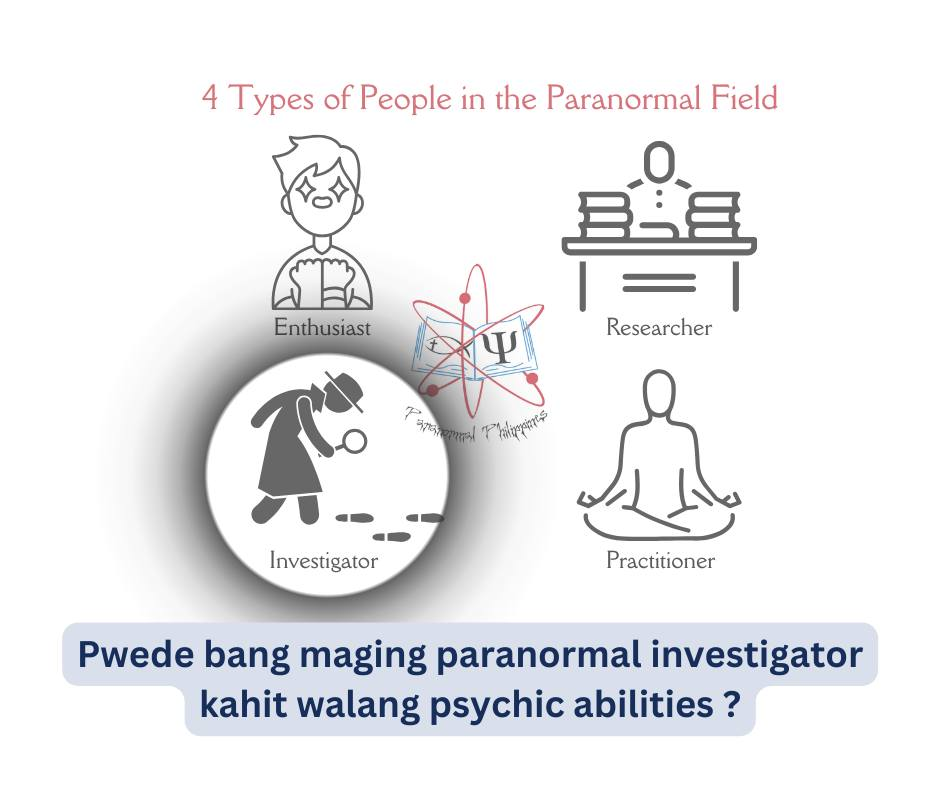Getting More Information – Concise Guide
This is a concise summary of the SPR’s guide on gathering information for paranormal investigations:
1. Types of Information
-
Subjective: Based on opinion, interpretation, or witness testimony.
-
Objective: Free from personal bias; usually equipment-measured data.
-
Note: Human error or perception can blur the line; verify both types carefully.
2. Sources of Information
-
Witnesses (directly involved or nearby).
-
Internet archives (national/regional; some may require payment).
-
Social media (be aware of privacy restrictions).
-
Books, magazines, newspapers (historical or local reports).
-
Local history societies, public records, libraries.
-
Observation or conversation with locals.
3. Verify Data Carefully
-
Question equipment data; check for malfunctions.
-
Scrutinize photographs, recordings, and other media.
-
Treat claims from psychics/mediums like any other testimony—verify before accepting.
-
Avoid bias toward information that confirms expectations.
4. Collate Information
-
Label/tag each piece with source, time, and location.
-
Group related information by:
-
Event type (sound, visual, etc.)
-
Location (specific room, area, floor)
-
Time or witness patterns
-
-
Look for patterns to identify trends and correlations.
5. Maintain Objectivity
-
Keep personal beliefs, desires, and expectations under control.
-
Follow the data wherever it leads; don’t jump to conclusions.
-
Be proactive—ask for help if needed, but respect privacy.
-
Never publish personal information without consent.



Comments
Post a Comment